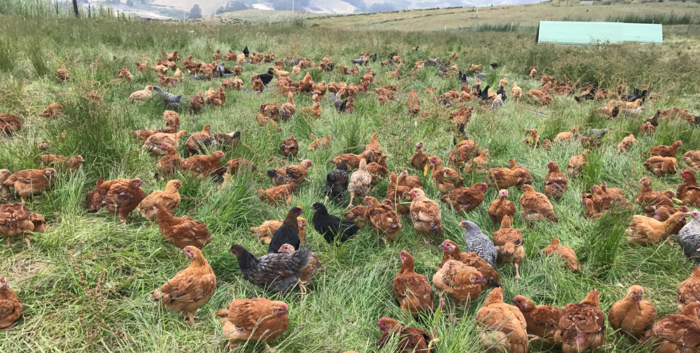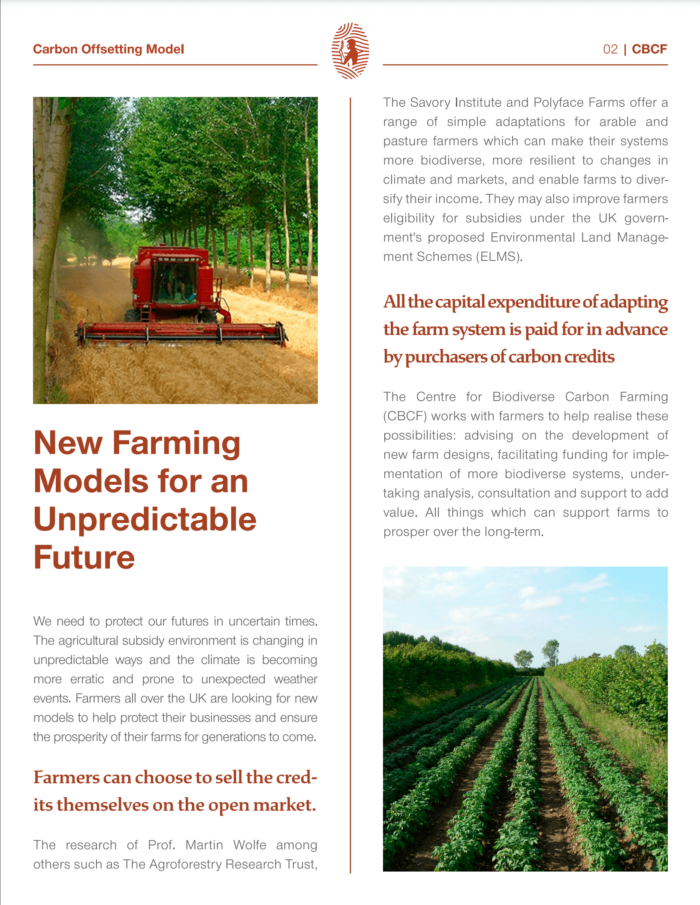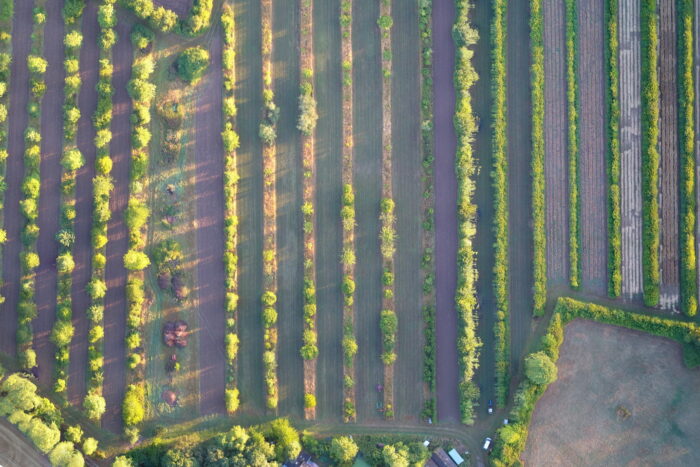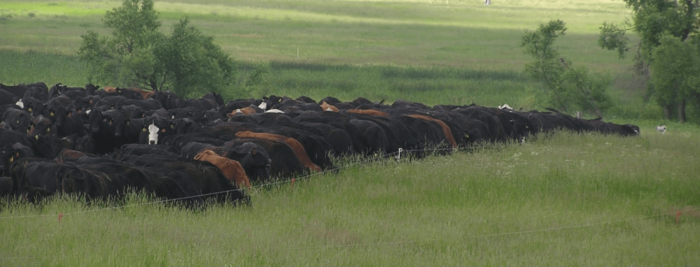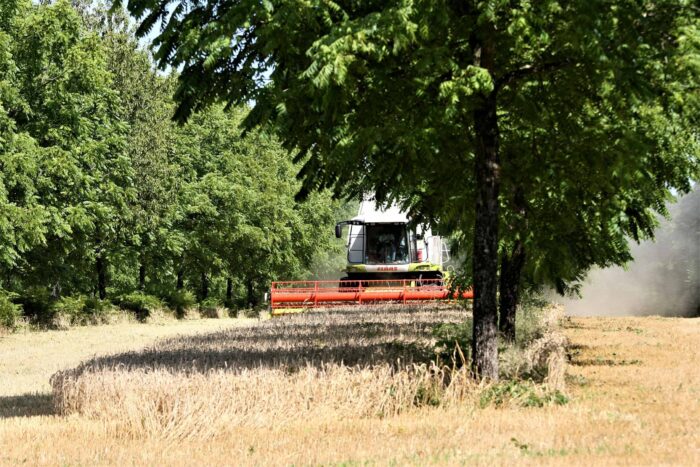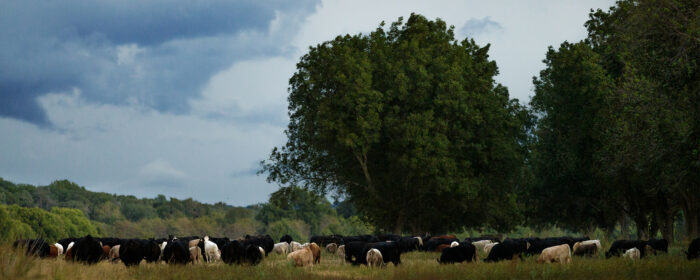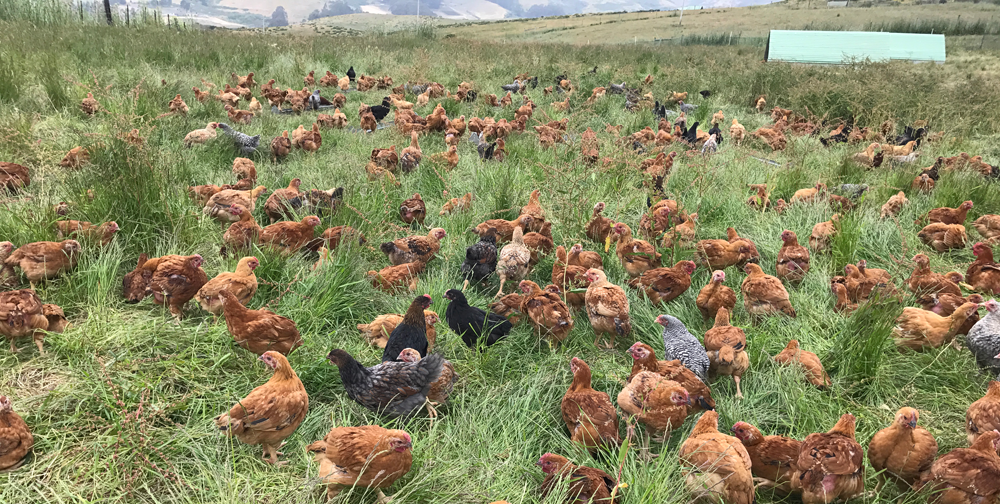
Pastured Poultry
Home Biodiverse Farming Pastured Poultry
Pastured Poultry
A system particularly well integrated into both rotational planned grazing and alley cropping. It enables birds to be fed a varied diet, assist in insect population control, live completely free range and contribute their manure to the soil.
It can enable arable and pasture farmers to generate a significant new source of revenue from their rotation.
A system particularly well integrated into both rotational planned grazing and alley cropping.
How the System Works
Birds are housed in moveable houses that are secured from the entry of predators. These houses are based on pasture and the birds let out every morning and brought back in at the end of the day. The houses are moved very regularly, bringing the birds onto a fresh piece of pasture. Each house can take up to 1,000 birds.
In a rotational grazing system the birds are brought to follow the grazing plan of the grazing animals, with the poultry houses moving a day or two behind. This provides the birds access to insects, herbs and young weeds which have been revealed at lower levels of the sward by the grazing animals. This mimics the relationship between grazing animals and birds in a grassland ecology, where large flocks follow in the wake of a herd.
The birds naturally seek insects which are attracted to the grazing animals manure.
The birds naturally seek insects which are attracted the the grazing animals manure, and break up the manure, spreading it in the process of looking for insects. They also deposit their own manure in the soil, improving the soil nutrient profile.
In an alley cropping system, chickens are naturally attracted to the trees and spend time underneath the canopy, being as they are birds with origins in the forest.
The bird houses can be designed specifically to fit the width of the alleys to make procession through this system easy to manage. Arable land which would have been in a fallow period can be seeded with a high nutrient ley and farmed with pastured poultry. The capital costs of mobile chicken houses are a fraction of a fixed broiler shed and don’t require planning permission.
The birds grazing of insects and pasture can be supplemented with farmed insect protein. Mechanised units farming black fly larvae are now available to farmers and can produce up to 1ton of black fly larvae a day, using food waste as the feed stock.
The birds grazing of insects and pasture can be supplemented with farmed insect protein.
Related content
Biodiversity from Farm Productivity

